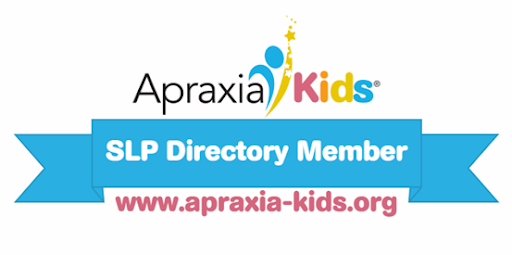Family Game Night- Have Fun and Work on Language Skills Too!
Playing games together promotes social interaction and opportunities for your child to practice skills like establishing eye contact, listening, taking turns, encouraging others and problem solving. Plus, they’re motivating and just plain fun! So, turn off the TVs and computers and go old school with a family game night!
Try a classic game that can work on observation, description and deductive reasoning skills: Twenty Questions! Pick a person, place or thing and give the other person 20 yes or no questions to guess what/who it is. (“Is it a person? Is it a thing? Is it a food?”, etc). Try making your own version of a “Hedbandz” style game by printing out pictures of famous people or places. The guesser picks a card and places it against their forehead without looking at it. Then they ask the other players yes or no questions until they guess what’s on their card. You can personalize this game even more with pictures of people and places important to your family. The person who asks the fewest questions wins!
Some board games that help encourage language skills, such as use of vocabulary, descriptions, word meanings, synonyms, and categorization, include:
–Guess Who
–Scattergories
–Outburst
–Apples to Apples
Many of these games have “junior” versions for younger kids. If your child finds these games too challenging, a few modifications to the games will help them be more successful: you can use your own timer or stopwatch on your phone to allow each player more time to complete tasks, or eliminate the timer altogether until your child gains confidence. Some games require remembering a series of clues in order to deduce an answer; if your child has difficulty with memory tasks, allow them to write the clues down as they go along. Be positive and encouraging, and above all, have fun!
Twenty Questions
Pick a person, place, or thing and give the other player 20 yes-or-no tries at guessing what it is.
- “I’m thinking of something.” “Is it a person?” “No.” “Is it a place?” “Yes.”
Sneakily strengthens:
- Receptive language
- Expressive language
- Deductive reasoning
Five ways to tweak it:
- To focus on observation, limit the person, place, or thing to something in plain sight.
- To focus on deduction, use a chalkboard or write-erase board to jot down all the “clues” as they come, so your child can remember and use them to figure out the answer.
- To focus on conversational skills, have your child answer the “yes” or “no” questions in a complete sentence: “No, it isn’t a book.”
- To focus on expressive language, allow questions that are not “yes” or “no” and have your child answer in complete sentences: “What color is the thing?” “The thing I am thinking of is red.”
Get a Free Online Assessment
Looking for an expert opinion on your child's needs? Fill out a 3 minute questionnaire and receive a personal evaluation from our staff
By submitting this form, you are consenting to receive marketing emails from: . You can revoke your consent to receive emails at any time by using the SafeUnsubscribe® link, found at the bottom of every email. Emails are serviced by Constant Contact




